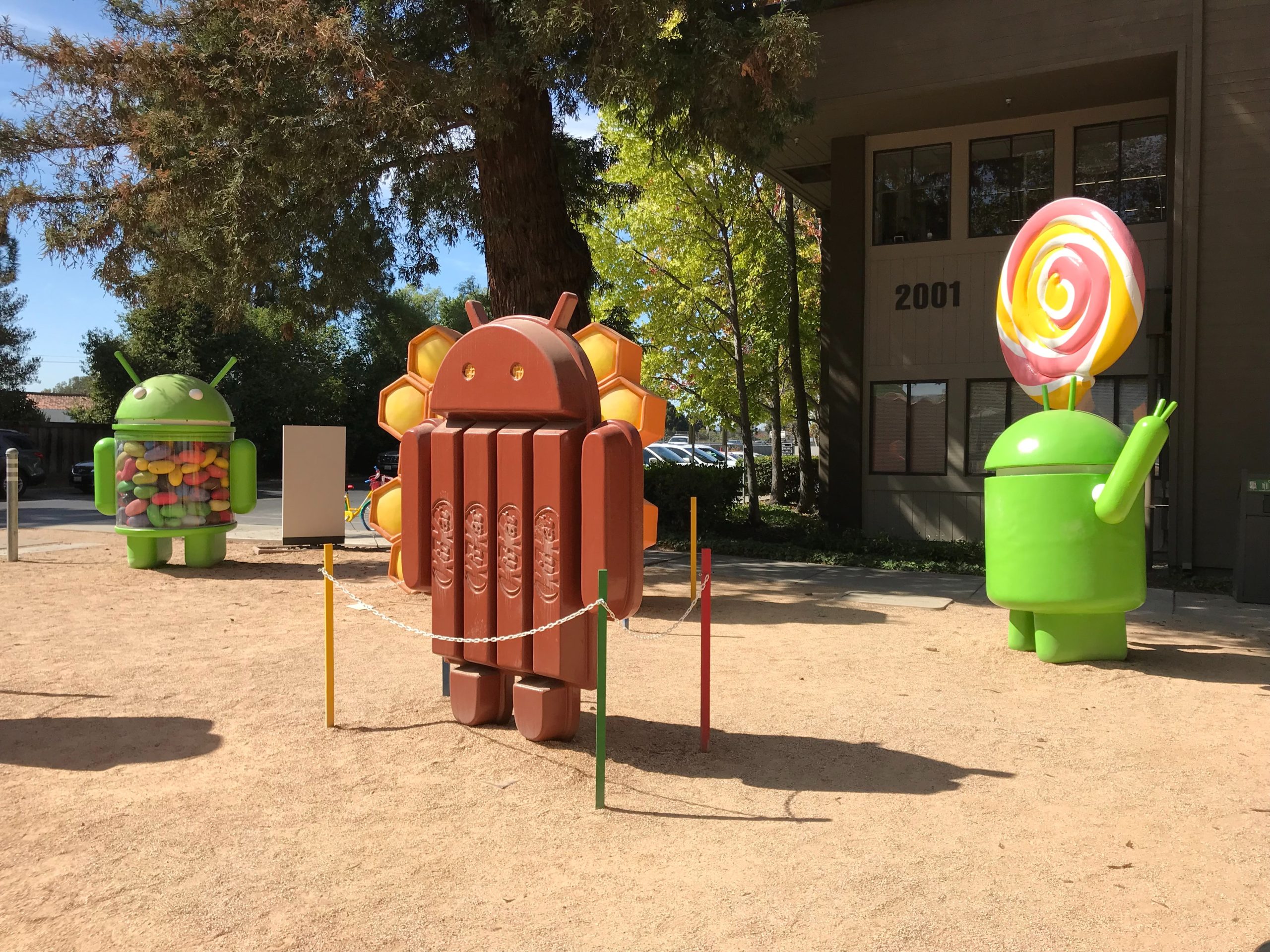When people talk about a fun working environment, Google is almost always the first company that comes to mind. While its open office concept has sparked a lot of debate online, there’s a lot to like about everything else—the wave pools, the cooking classes, the free massages. No wonder the tech giant receives an estimated three million applications every year.
Google program manager Shota Nakayama confirms that all these perks are real. “There’s a movie called The Internship that kind of showcased what Google’s environment is like,” he says. “There are nap pods. There’s, like, a foosball table. There’s a cafeteria with free food and people just seem so happy.”
As cool as all these things are, Shota is also quick to point out that Google isn’t perfect. “When you get inside, you start to see that, as with most companies as well, we have our challenges, and even basic things, that we’re still trying to solve,” he says. “Not everyone’s, like, taking naps and eating free food and having a great life; there’s a lot of work to be done as well.”
As a program manager, Shota is used to solving problems. Making things better is a huge part of his job. “You’re expected to be like a good athlete, like a well-rounded athlete where you could just kind of get placed into any situation and thrive in it and execute and solve complex problems,” he explains.
COVID-19 was one of those complex problems.
When the pandemic first hit, Shota was still with Google’s vendor management office, which is the team that is responsible for supporting suppliers that provide contractors and consultants for the company. “We’re all in our Google offices working, commuting from home to work, and suddenly we can no longer go into the office,” he recalls. “We had to figure out so many different problems with different teams, to make sure that we continue to run the business.”
Even though the entire thing was completely unprecedented, it became part of his job to figure out how to make remote working feasible as quickly as possible. After all, the Internet never sleeps. “We had to navigate through, like, what’s the problem, who needs to get involved, who’s going to do what and by what time, so we’re going to be able to still operate this huge business with minimal business disruptions as possible,” he says. “It was just kind of taking it from the beginning to defining the problem, breaking down the problem into more manageable pieces.”
This is the kind of problem-solving muscle that Shota regularly exercises at work, but while the issues that he deals with are unlikely to be on the same level as a worldwide pandemic, they still keep him on his toes. “As a program manager, we have a lot of different projects going on at once,” he says. “There’s a lot of multitasking; it’s what makes this job interesting.”
PHOTO: Guido Coppa on Unsplash





